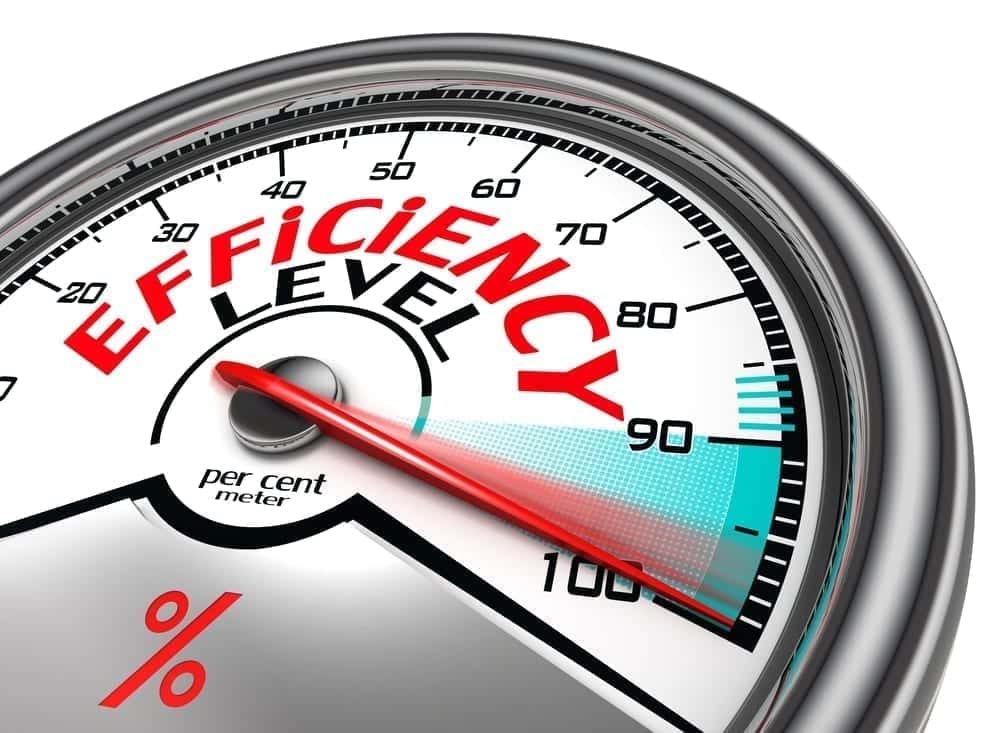Returns management, like your forward logistics process, is a critical part of overall operations for companies today. That is particularly true for companies that sell retail or B2B products and are dealing with more returns, exchanges, warranty repairs, and other similar situations than ever before. However, simply having a returns management process doesn’t guarantee that it will be effective. Companies that want to excel in this area must also look for ways to improve operational efficiencies (or identify and correct inefficiencies) in returns management. Here are three important steps that can help.
1: Get Back to Basics
One of the most important steps you can take is simply to understand your operations and have written documentation outlining your returns management process. This is also one of the most often overlooked, because it requires extra work to take a step back and examine the entire process from start to finish. For companies where everything seems to be running smoothly, this might seem like an unnecessary waste of time. However, companies of all sizes can benefit from regularly reviewing processes and policies and looking for inefficiencies to correct.
In some cases it’s as simple as managers walking the floor to view exactly how a process is implemented in real time. In situations where you already know there are issues you may need to conduct a formal audit or use available metrics for a deep dive analysis. Appropriate business intelligence tools and software will make these steps easier by offering reporting, data, and historical context.
It’s also essential to document processes. Many companies, especially those that started small and have grown over time, rely on a single employee who takes care of the process, or continue to do things a specific way because that’s the way it’s always been done. If that person leaves you will be left without any formal process and have to start from scratch. Plus as the company grows, an unwritten policy opens the door to inconsistency in training and execution.
2: Remove Barriers
Every company experiences some inefficiencies. The most important thing leaders can do is identify what the barriers are, and take steps to remove or reduce them. Common barriers in returns management might include:
- Inability to track and verify customer purchases before a return
- Lack of tools to create RMAs for simplified returns management
- Limited or no communication between various employees handling returns
- Inefficient processes for restocking, resale, or disposal
All these things can be solved with the right tools and the right processes, streamlining your returns management from start to finish.
3: Assess Your Technology
Technology has the potential to dramatically improve your returns management, but only if you have software that meets your needs. When it’s time to get something new because your system is outdated or isn’t meeting your needs, check out ReverseLogix. Our software offers a comprehensive returns management system to improve operations from start to finish. You can even build on with fully integrated, modular solutions as your needs change and your company grows. Find out more by scheduling your demo today.

